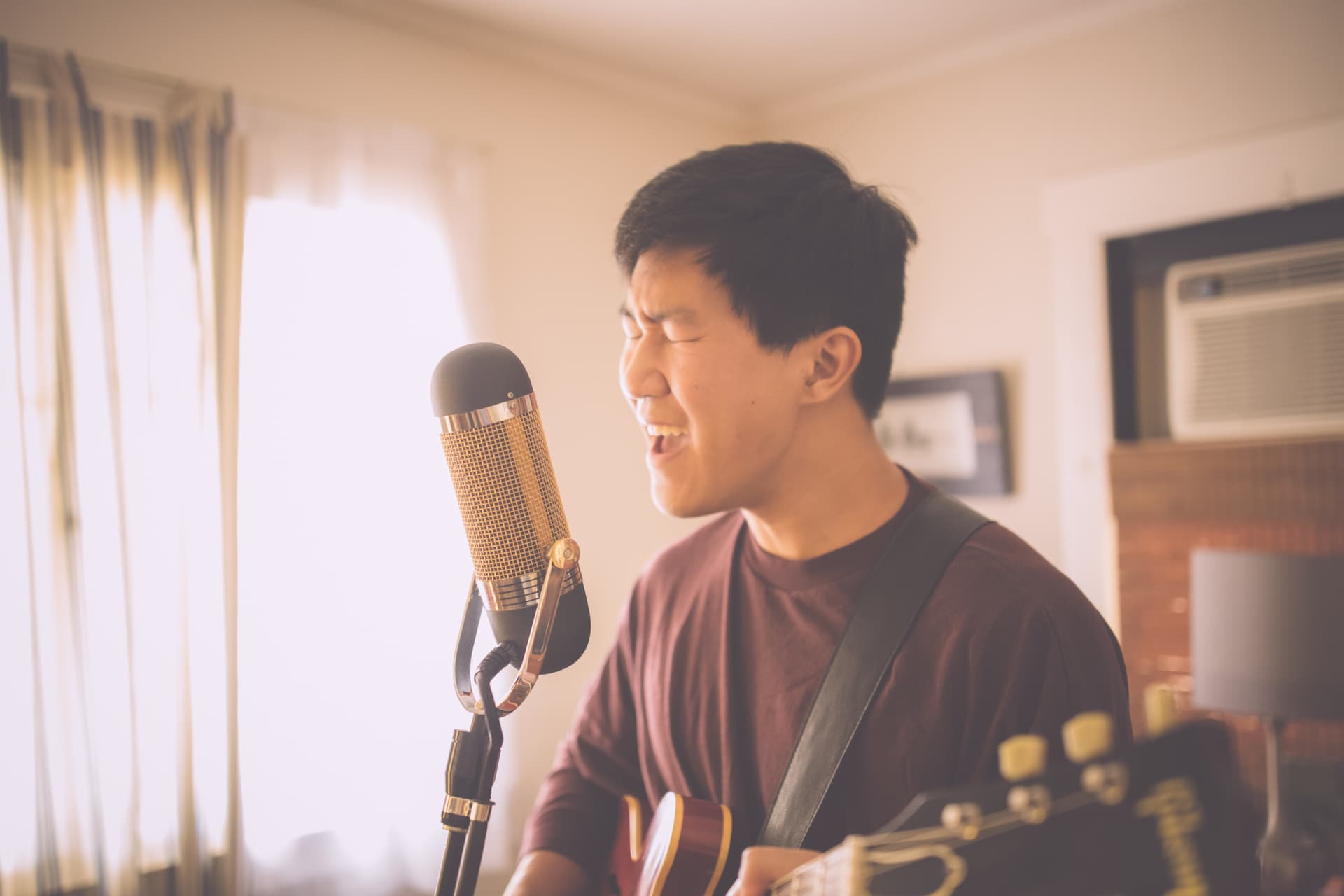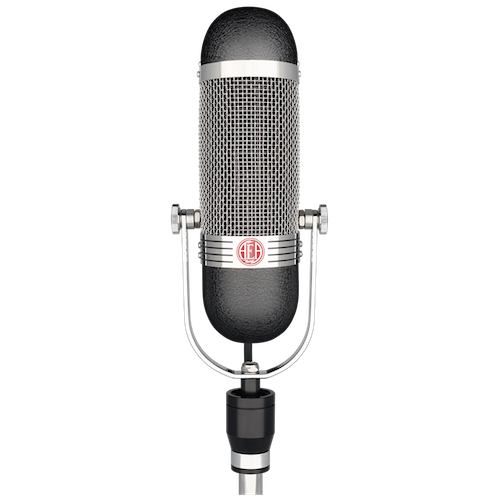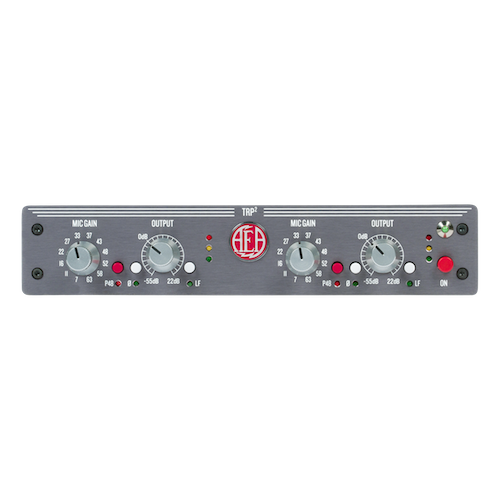Though the R84 and R92 cut similar silhouettes, each microphone has its unique tonality and functionality. Understanding the distinct qualities of each microphone is essential when it comes to deciding which of the two will best serve the instrument you are recording.
Contrasting Tonality
The R84 delivers the classic sound of the 44 in a more compact, lightweight body. Like its forbearer, the R84 provides generous warmth and richness of tone, but with more extended top-end.
The R84’s proximity effect can boost the low-end frequencies of any source within 18 inches of its position. This effect can take a thin-sounding source and give it the warm low-end necessary to bring balance to a mix.





